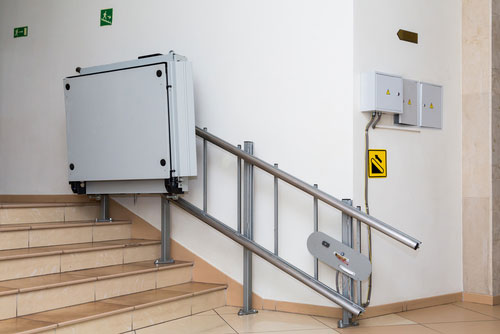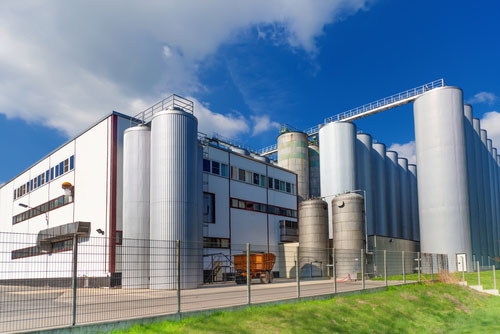May 27, 2019
In any industrial setting, like factories, employees are not sitting in office chairs but are engaged in the manufacturing processes or commercial production of goods. As compared to office environments, industrial workplaces are more active. Workers do repetitive tasks, standing and walking around the factory, creating the same product every day.
Because any industrial workplace involves safety risks, installing a wheelchair lift is crucial. Find out more by continuing to read below.

A wheelchair lift or vertical platform lift is a powered device whose purpose is to help a wheelchair and its occupant easily move through vertical platforms that might serve as obstructions due to their decreased mobility. These lifts are usually installed in vehicles, homes, and businesses in order to comply with the accessibility requirements of disability laws.
It’s also a good idea to consider installing wheelchair lifts in industrial workplaces for safety and mobility purposes. It’s essential to look for a trusted and reputable wheelchair lift provider to ensure proper installation and service guarantee, so check this website for more details.

1. Safety
Safety is always a priority for industrial employers. Industrial workplaces are typically noisy because of machinery running throughout the building. Employees are knowledgeable and trained in how to use machinery and safely work in the manufacturing industry or factory. However, even when industrial workers follow safety rules, accidents happen.
Industrial workers are occasionally injured in the workplace. While employees wear safety gear like hard hats, ear plugs, goggles, or safety glasses, it’s important to install safety equipment like wheelchair lifts to address emergencies.
Here are some examples of situations that make wheelchair installation useful:
2. Convenience and Easy Mobility
Wheelchair lifts are a convenient and safe mode of transportation in any workplace, even for manufacturing or industrial settings. It can be installed flexibly on different work areas to ensure convenient mobility and transport.
Here are the good-to-know facts about commercial and industrial wheelchair lifts:
3. Compliance with the ADA
Businesses are required to meet the handicap wheelchair ramp codes, specifications, and guidelines set forth by the Americans with Disabilities Act or ADA. Most businesses, including industrial workplaces, like factories, should comply with the ADA requirements and ADA ramp specifications for handicapped wheelchair ramp access. It’s also a good idea to incorporate wheelchair lifts for full compliance, anticipating the need for such mobility devices in the future.
4. Flexible Mobility Options
There are different types of wheelchair lifts available that can be installed in industrial settings to provide flexible mobility options to employees, clients, and visitors.
Here are the major types of wheelchair lifts:
Wheelchair lifts are usually installed in residential and commercial areas. But the installation of wheelchair lifts in industrial settings make a great decision because of the increasing need to comply with ADA guidelines, thereby opening more doors of opportunities for people with disabilities to find work, as well as giving safe and convenient mobility solutions for everyone.
In this episode, I sat down with Beejan Giga, Director | Partner and Caleb Emerson, Senior Results Manager at Carpedia International. We discussed the insights behind their recent Industry Today article, “Thinking Three Moves Ahead” and together we explored how manufacturers can plan more strategically, align with their suppliers, and build the operational discipline needed to support intentional, sustainable growth. It was a conversation packed with practical perspectives on navigating a fast-changing industry landscape.